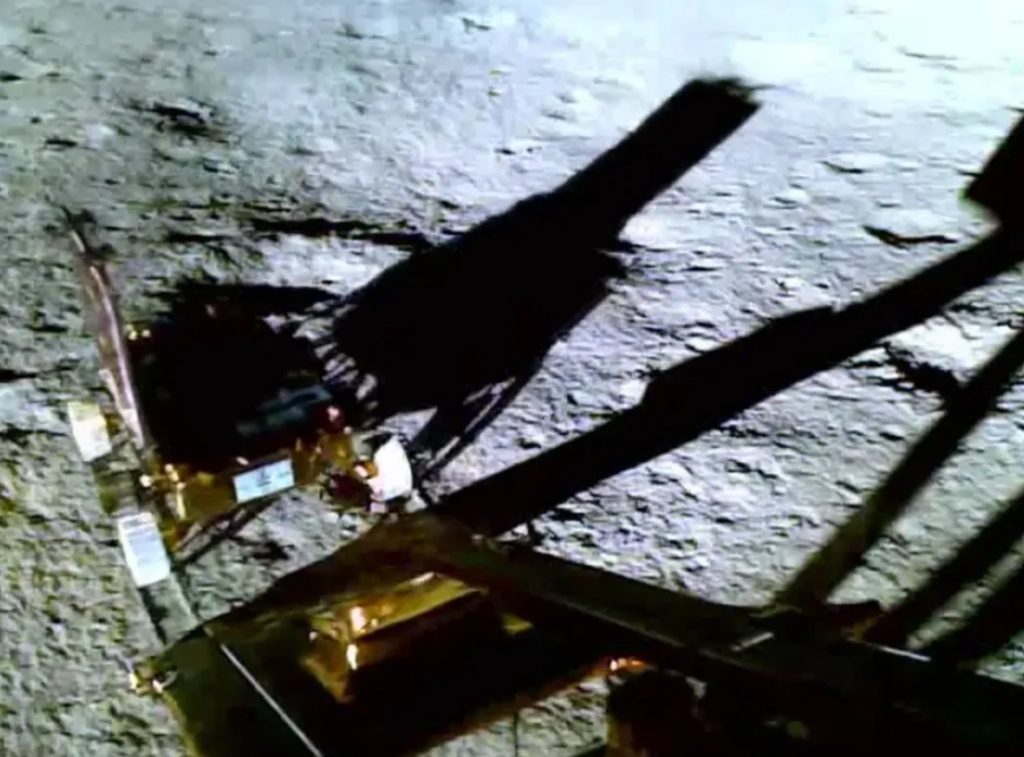New Lunar Soil Data Confirms the Moon Was Once Engulfed by a Magma Ocean
India’s Chandrayaan-3 Confirms Moon’s Fiery Past with New Evidence of Ancient Magma Ocean
Indian Space Research Organization’s Chandrayaan-3 mission has brought newer empirical evidence in favour of the hypothesis that Moon was once a ocean of magma. This finding supports what is agreed to as the impact hypothesis whereby a Mars sized asteroid aptly referred to as Theia struck Earth at about 4. About 5 billion years ago and which created the moon. Lunar soil samples obtained from the vicinity of the south polar region displayed the presence of ferroan anorthosite as postulated by the magma ocean hypothesis.
These samples support earlier findings of the previous mission data and provide further evidence of the formation of the Moon. Also, proof was discovered of ‘anomalous magnesium,’ possibly ejected on to the Moon’s surface by meteor impacts millions of years ago.
Approximately 4. Around 45 million years insight, a Mars size object struck the Earth and Theia melted and was expelled into space and came together to form the Moon. As per the impact theory, Moon formed recently after a big impactor struck the earth, as a result there was formation of magma ocean on the Moon which remained for many millions of years.
Recent measurements done from the Chandrayaan-3 mission support this theory. In a paper in Nature, a research by the ISRO states that lunar soil samples brought by the Vikram lander and its rover Pragyan has traces of ferroan anorthosite in support with the theory of the magma ocean. Program coordinator Santosh Vadawale added, “With these observations, early evolution theory of the moon has become much more stronger. ”

The samples, which were analyzed with an alpha-particle X-ray spectrometer (APXS), are the first comprehensive data for the chemical composition of the soils from the region near the south pole of our natural satellite. The detected ferroan anorthosite in these samples is consistent with the lunar magma ocean hypothesis, where predicted to see lighter rocks at the surface and denser magnesium material at the bottom.
These findings are consistent with previous samples collected during Apollo 11 mission of Moon’s equator and with the data of previous Chandrayaan missions thus providing credibility to the initial orbital data. These samples are incredibly valuable, said Lindy Elkins-Tanton, a planetary scientist who was not part of the work.
However, the team also analyzed that there was very high concentration of magnesium than what was expected in the regolith. This is could be attributed to impacts by meteor which include the one referred to as the South Pole-Aitken basin which could mean that deeper denser rocks where brought to the surface.
Also, it was a surprise that olivine is enriched in the samples more than pyroxene because other samples collected from the basin have higher pyroxene content. This divergence will require additional study, the next Chandrayaan missions will be focused on, according to Mahesh Anand, a planetary scientist who wasn’t involved in the research.
Do not forget to share your opinion with us to provide you with the best posts !




0 Comments